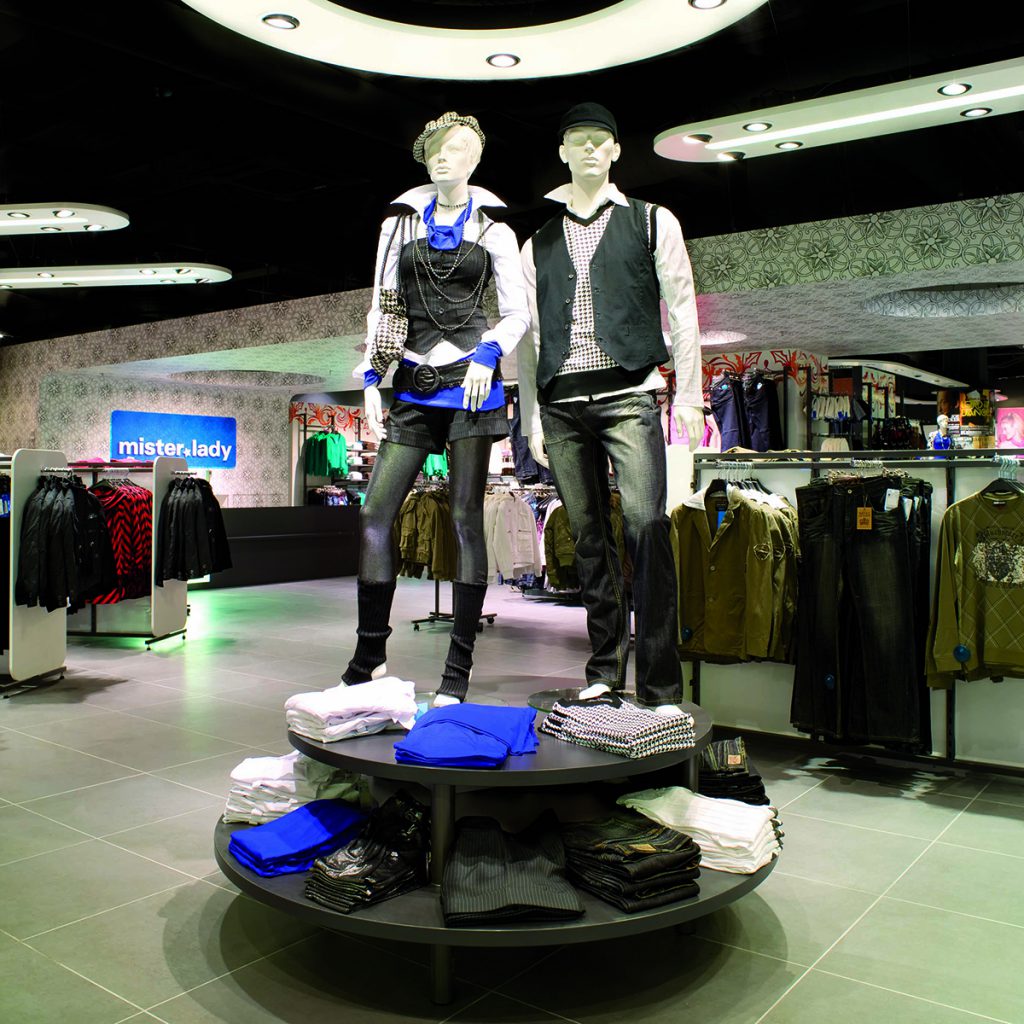by Michelle Hespe
There are many convoluted dimensions when it comes to creating a special retail experience, and while Wolfgang Gruschwitz believes that the emotional dimension is the key to enticing a consumer into purchasing products, today it’s also about understanding a customer’s lifestyle choices in order to create a strong story for your brand, and a #PerfectStore.
Most people enjoy lingering in nice surroundings that give them fresh inspiration. However, focusing on only this element of emotional retailing is not going to lead to ongoing success. Besides a location’s comfort, understanding a potential customer’s lifestyle is crucial to modern retailing, and it is the crux of omni-channel retailing. Because, if you don’t understand the way your customers live, you might not be using the right channels to reach and engage them. And you might not be telling a story that appeals to them.
In a recent talk at EuroShop, the international retail fair in Düsseldorf, Wolfgang addressed a new way of retailing with his talk on #PerfectStore. What is a #PerfectStore you ask? Thanks to mom-and-pop brick-and-mortar stores, we know that perfect is not about one thing, such as style, the type of products stocked or the price of products. “Perfect” is a subjective notion because to achieve it in retailing, you need to respond to the specific needs of your potential customers by paying attention to their local environment and the life they lead. What do they like and what do they want? That’s what a retailer always needs to be thinking.

Great retailing is about creating and orchestrating a customer’s retail journey. “The secret to successful retailing lies within potential clients’ minds,” Wolfgang says. “It’s about their ideas and emotions, and so more than ever, storytelling in retail is essential.” And as a retailer today, you need to create an authentic story across a range of channels: on your website, in your physical store, across your social media and your marketing. “And while doing this, be careful never to lose sight of the clients’ point of view because you are appealing to their emotions to sell your products,” he adds. “Your shop still won’t be perfect, but you will have created interest and attracted your target group to come inside or go online and discover your store. You are inviting them to like your brand, your story.”
Here is a simple analogy to show that nothing has changed when it comes to attracting customers. Picture the floating markets in the Mekong Delta or a sausage sizzle stand at a stadium during a
soccer game. The people selling products have to focus on their targets. They need to grab their potential customers’ attention. They are in a perfect location, but they still need to sell their wares and understand what their target market wants. The #PerfectStore needs to attract a buyer’s attention. It’s not all about price anymore, as thanks to the saturation of products available online and the ease at which we can find and research products, everything can usually be found somewhere a little bit cheaper. And it’s not just about the products – it’s about how they are marketed. It’s about how emotionally attached a person becomes to the way that a product is sold.

Again, it all comes back to how you tell a story. You need to convey a comprehensive overall impression that is consistent online, in your store, across social channels and everywhere else. “Too much uniformity, however, quickly seems old-fashioned and boring to people thinking in a new way. So instead, focus on the evolution of a story. Take your customers on a journey by making them love your story. And remember, the more authentic your story is, the more successful your concept will be,” Wolfgang says.
Creating #PerfectStore is not a one-model-fits-all formula, but there are some things to keep in mind. Visiting a local, physical shop is still attractive to customers, because they might love the
atmosphere of the store and it might give them new ideas, inspiration and even a sense of belonging to a community. In the real world, it’s all about creating an event or an experience — a reason for someone to go shopping; while in the virtual world, online, it’s all about convenience, things like 24/7 availability and an excellent delivery service. “Combine how you would approach creating an online store to how you would approach creating a physical store, and you have the perfect match — you can create totally new experiences for the customer,” he says.
And always look at ways of reinventing what you do to stay ahead of the game. Think of a big JENGA tower – the tower is aesthetically appealing and it conveys safeness, like a rock, because it is complete. If your retail store is a game of JENGA, you need to pull out some elements (blocks), analyze them and digitalize them. Then you need to put the pieces back together in a new way. This process is called disruption. It’s all about setting up your tower, engaging in some segmentation and analysis and then rebuilding it. Build, adapt, learn and survive.
To conclude, it doesn’t matter if your store is real or virtual – there are always emotions involved in retailing — and to emotionally attract a customer, you need to understand their lifestyle and what makes them tick. Once you do, you can begin to tell a story that will lure them in and connect them with your brand. Once they are connected to your brand, they will be interested in your ongoing story and this creates loyalty. When you create loyalty, you create ongoing sales. And that is the aim of the retailing game.



